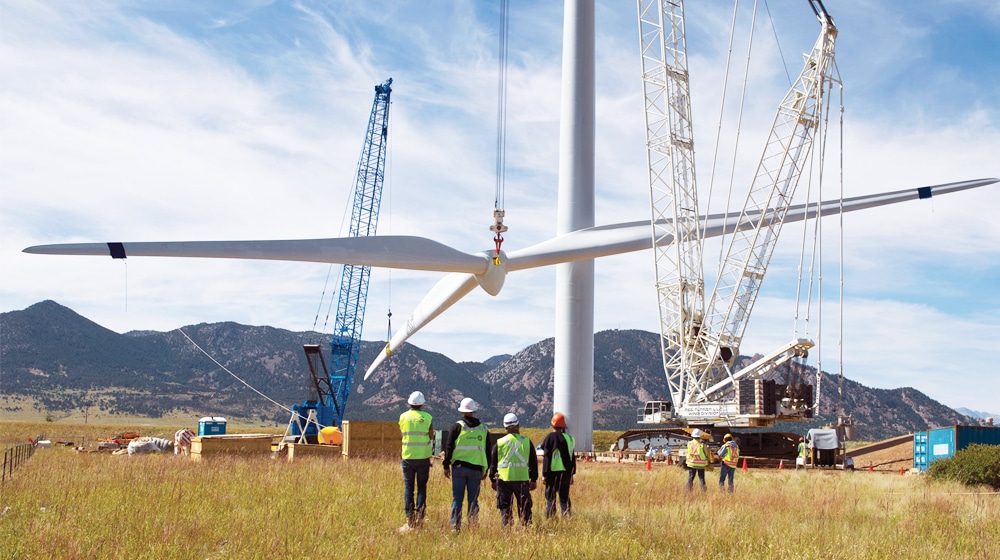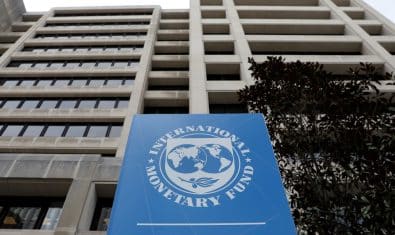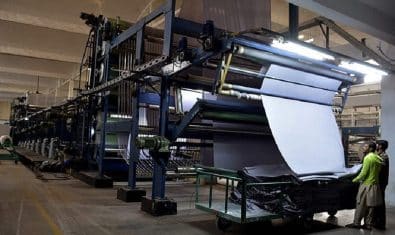Asian Development Bank (ADB) Board has decided to evaluate the over $7 billion approved since 2005 for the energy sector of pakistan to guide future investment as the sector’s challenges have persisted and continue to dampen economic growth.
“Evaluation approach, Sector Assistance Program Evaluation (SAPE) for the Pakistan Power Sector”, released on Tuesday states that Pakistan’s energy portfolio is ADB’s largest energy portfolio for any country, with Board approvals of more than $7 billion since 2005.
But as the sector’s challenges have persisted and continue to dampen economic growth, the ADB Board has requested the Independent Evaluation Department (IED) to evaluate and identify lessons learned to help guide future investments and ADB’s approach.
ALSO READ
ADB Approves $380 Million for Projects in Punjab and Sindh
The Evaluation
The evaluation approach states that the sector is in a vicious circle of inefficiency, where nobody gets paid, and losses keep increasing due to lack of investments along the supply chain, causing brownouts across the whole country and unreliable supply that curtails economic growth.
The evaluation will assess and inform the ADB Board and management on ADB’s experience in supporting Pakistan’s power sector during the study period (2005-17), and providing guidance on further engagement in the future.
This evaluation will (i) review the full range of sovereign loan and grant operations, technical assistance and non-sovereign operations approved during the study period; and (ii) discern lessons and suggest a plausible way forward.
The evaluation objective and key question will be to assess ADB’s contribution in addressing the causes that underlie circular debt and the accompanying challenges of increasing financial sustainability and institutional efficiency of the power sector, as well as increasing power supply reliability, efficiency, access and share of clean energy.
It will further examine three key aspects first, regarding resource allocation across various types of modalities (e.g. MFF which impinges upon resource allocation for further support, and PBL which provides incentive for sector reforms and political expediency in exchange for budget support), time efficiency in designing, changing, and implementing public and private sector operations and ADB’s internal coordination among various departments and offices at headquarters and with the Pakistan resident mission.
The evaluation approach states that development in Pakistan has been uneven and below potential. Periods of high growth have been short, partly reflecting external economic shocks, incomplete implementation of economic reforms, natural hazard-related disasters, political uncertainty, and domestic security challenges.
The Issues
Economic transformation has been slow. High fiscal deficits, limited domestic public resources and governance challenges have constrained public and private investment in needed public infrastructure. About half the population remains either poor or vulnerable to poverty. The country partnership strategy (CPS) notes that severe power shortages are one of the main economic development bottlenecks; as chronic brownouts and investment in high-cost back-up generation have continued to curtail economic activity and reduce competitiveness.
Circular debt, the chronic shortfall between cash inflows and outflows for power sector participants, is the singular symptom of the several problems that underlies the Pakistan power sector.
It further states that DISCOs’ inflows are insufficient to meet all their costs for a variety of reasons. First, some technical and commercial losses are not recognized by NEPRA in determining consumer tariffs. Second, the tariffs notified by the government are below NEPRA’s determined tariffs; and although the government is required to compensate DISCOs with subsidies to cover the revenue shortfall arising from this tariff differential, these subsidy payments have normally been delayed or not paid at all.
Additionally, DISCOs are not able to collect all billed amounts. Hence, the NTDC, some DISCOs, GENCOs and IPPs are not able to meet their payment obligations in a timely manner, spreading the shortfall throughout the supply chain. As a result, available IPP generation capacity is underutilized and public GENCOs and DISCOs cannot maintain or refurbish their facilities, which eventually get derated.
In 2013, the government cleared some of the debt by injecting $3.8 billion as DISCOs’ equity, reducing the arrears substantially. However, DISCOs’ receivables have kept increasing since then and reached Rs 638 billion as of June 2016 ($6 billion).
THe Power Generation Woes
New power generation has started being commissioned in 2017 and expected to reach 10 GW of added capacity by 2019, but associated energy demand might increase in parallel.
The China Pakistan Economic Corridor (CPEC) initiative has attracted $33 billion in investments through 2022, primarily for electricity generation and transmission (with 80% of private investments). The initiative aims at promoting bilateral and regional construction, investments and trade between China and Pakistan.
However, the associated investments in manufacturing industries will also increase the load rapidly, reducing the generation surplus. Further, it is not clear whether the current grid system would be able to manage the increased generation/load capacity effectively, with limited substations and transmission lines capacity, a supervisory control and data acquisition (SCADA) system that is not yet complete, and archaic operational procedures.
Future increase in fossil-fuel power generation will contribute to climate change and environmental degradation. Currently, more than 60% of the utility electricity generated in Pakistan comes from fossil fuel-based generation, including gas, coal and fuel oil.
This level of dependence on fossil fuels plus the sector’s operational inefficiencies with high technical losses and low generation efficiency impact the environment, contributing to climate change due to high greenhouse gas emissions.
Moreover, the upcoming 10 GW generation capacity funded by CPEC, mostly coal-fired power plants, will increase greenhouse gas emissions substantially that will worsen climate change mitigation concerns and the ash handling and disposal problems will also exacerbate negative impacts on the environment.
Given that the circular debt problem has not yet been resolved, it is not clear how CPEC has induced several private enterprises from Pakistan and PRC in investing in new IPP projects, when they might not get paid.
ADB Strategy 2020
It further states ADB’s strategy 2020 provides the overall strategic framework for ADB interventions in the Pakistan power sector. The strategy 2020 aims to (i) help expand the supply of energy; (ii) promote energy efficiency through supply-side and demand-side measures; (iii) support clean energy; and (iv) facilitate the removal of policy, institutional, regulatory, technological, and legal constraints on promoting efficient energy use.
Further, the mid-term review of the strategy 2020 prepared in 2014 recommends ADB to sharpen its operational focus in making infrastructure more inclusive and sustainable by improving governance and capacity building, supporting clean energy investments, improving implementation and sector engagement, and strengthening policy reform and institutional development.
ALSO READ
ADB Approves $100 Million for Public-Private Partnership Projects
ADB will foster partnerships with other development organizations and will promote co-financing from concessional and commercial sources. Its approach will be to pursue structural reforms using a programmatic approach, build on past experience, and constantly review its reform achievements to determine whether a change of course or approach is needed.
Breakdown of ADB Funding for Pakistan
ADB approved $7.13 billion during the study period (2005 to 2017) for investment projects and other support to the Pakistan power sector. After a lull in ADB support for about 5 years, the first ADB power sector operation was a $37 million private sector loan to the new bong escape hydropower project in November 2005.
Between 2005 to 2017, ADB has approved 48 operations, including 28 sovereign guaranteed loans, 11 non-sovereign operations (NSO) and 9 TA projects, amounting to $7 billion, of which $0.7 billion was NSO financing. Sovereign operations account for nearly 90% of the total approved amount during the 2005-2017 period, and include policy-based lending (PBL) under a programmatic approach, a results-based loan (RBL), six multi-tranche financing facilities (MFFs), and one standalone project loan.
The PBL supports sustainable energy sector reform through three subprograms, and the RBL supports a program for increasing energy access by using renewable energy resources.
Most project-based loans have been through six multi-tranche financing facilities (MFFs). These MFF investment programs total $4.7 billion and account for two thirds of ADB’s total Board approvals to support the Pakistan power sector.
To date, 14 tranches have been approved through these MFFs, amounting to $2.6 billion. The largest sub-sector financed by ADB was transmission and distribution with 48%, followed by generation with 29% and sector reform with 15%.
Disbursements to date have been low, due largely to very slow progress in two MFF programs. In particular, the renewable energy MFF has disbursed 21% of the approved amount in 10 years, and the energy efficiency MFF has disbursed only 4% of the approved amount in over 8 years.

























